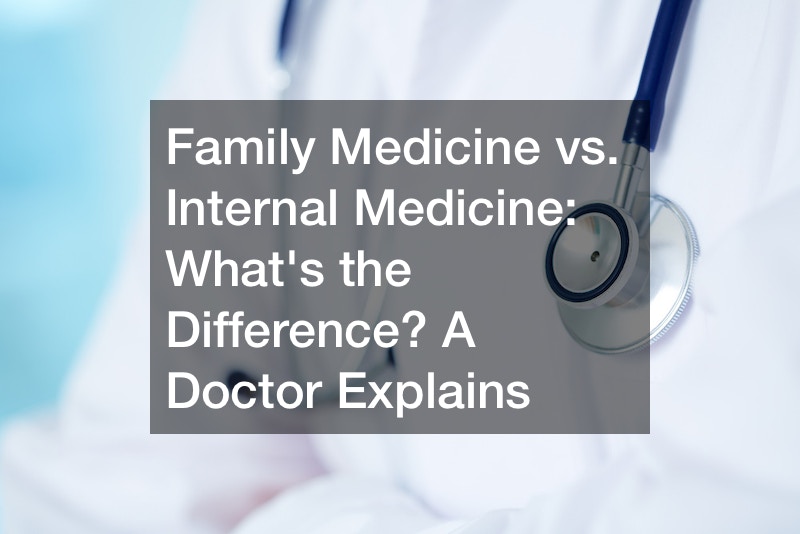
In the video above, the reporter navigates a detailed breakdown of the distinctions between family medicine and internal medicine, taking insights from a board-certified family practice doctor. The focus unwraps the educational trajectory, by describing the path from college education to medical school and culminating in a three-year residency. Notably, the reporter emphasizes how the residency serves as practical, hands-on training distinct from the more theoretical grounding in medical school.
The discussion further underscores that while both medical practice residencies involve exposure to hospital and outpatient care, internists often gravitate more toward hospital settings, while family doctors are predominantly associated with outpatient practices. Additionally, the opportunity for specialization after initial training diverges, with internists leaning toward various adult-specific fields, in contrast to the specializations pursued by family doctors.
Central to the conversation is the reporter’s emphasis on the patient age groups served by each type of doctor. Primary care doctors are portrayed as offering comprehensive care to patients across all age spectrums, addressing the medical needs of entire families. Conversely, internists focus solely on adult patients. The dialogue underscores how the patient’s age becomes a pivotal factor in choosing between these medical specialties, highlighting that while both are adept at handling a variety of medical concerns, their specialization aligns with distinct age demographics.




